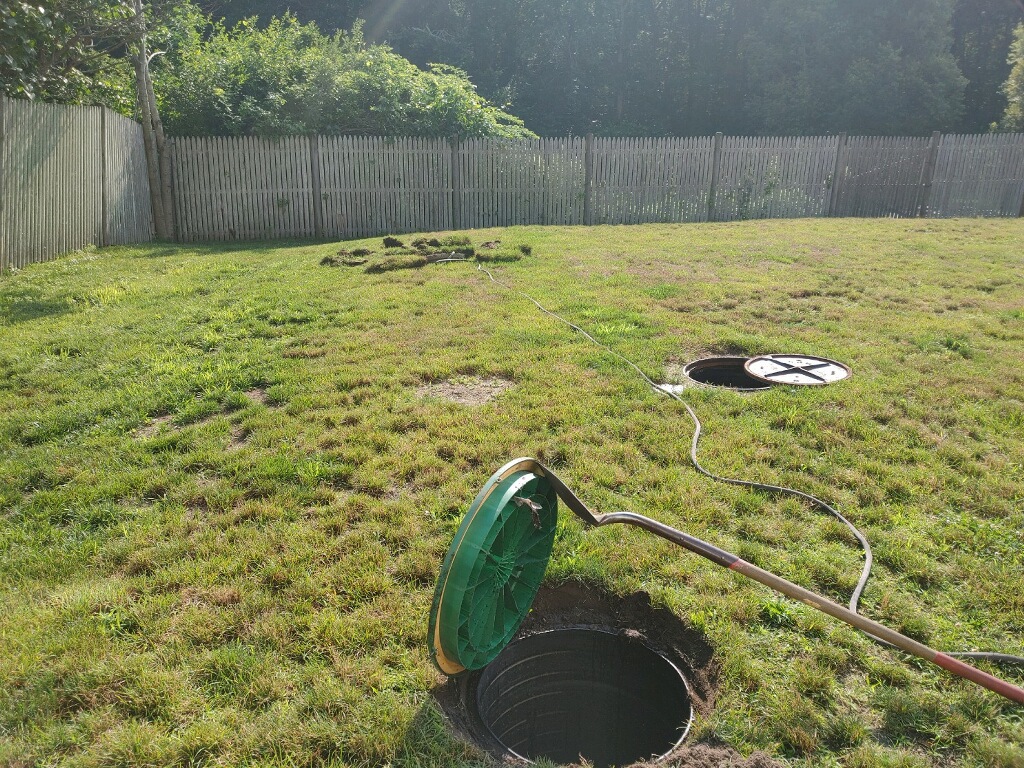How does a septic tank work?
With most of its parts hidden underground, your septic tank and the system it sustains can be hard to picture, let alone understand. But a clearer comprehension of the system’s main components and their functions can help you keep up with maintenance and head off emergencies. Here are some basics to get you started.
What is a septic tank?
The term septic tank sometimes stands in for the whole septic system, but it’s really just one piece. Part of a system designed to filter domestic waste, a septic tank is the buried, watertight tank that collects and treats the wastewater.

Below are some additional terms that may help you understand parts of your septic system.
- Drainfield or leaching field: The drainfield provides a large area where helpful bacteria can thrive and treated water can seep into the ground
- Baffles: T-shaped valves that allow wastewater to flow while helping to trap solids
- Effluent: Untreated wastewater
- Sludge: Solid matter in the effluent that sinks to the bottom of the tank
- Scum: Grease released when the sludge breaks down effluent
Step 1: Wastewater from the house enters the first compartment in the tank.
Step 2: When it fills most of the tank, anaerobic bacteria start to break down the waste material, sludge falls to the bottom and a layer of scum floats to the top.
Step 3: When the effluent flows into the second tank, the filter and baffle help prevent scum from entering.
Step 4: Bacteria continue to break down existing waste in the second section of the tank.
Step 5: Wastewater continues through the output baffle and into the leaching field. Holes in the drain pipe allow effluent to seep into surrounding gravel while the sludge and scum remain in the tank.
Step 6: The water flows into the soil while gravel allows oxygen to reach the bacteria and complete the decomposition of any waste material. Gravel around pipes allows water to flow into soil and oxygen to reach bacteria.
Step 7: Treated water seeps down into the groundwater and aquifer, renewing the vital resource.
What could go wrong?
Without enough pumping to remove sludge build-up, the water levels in the first compartment may release sludge into the second compartment, contaminating the water in the second compartment and possibly clogging filters and releasing untreated wastewater into the leaching fields.
